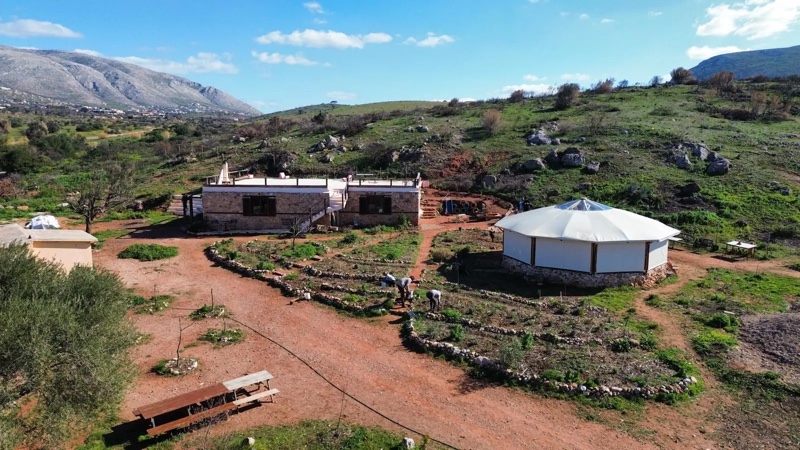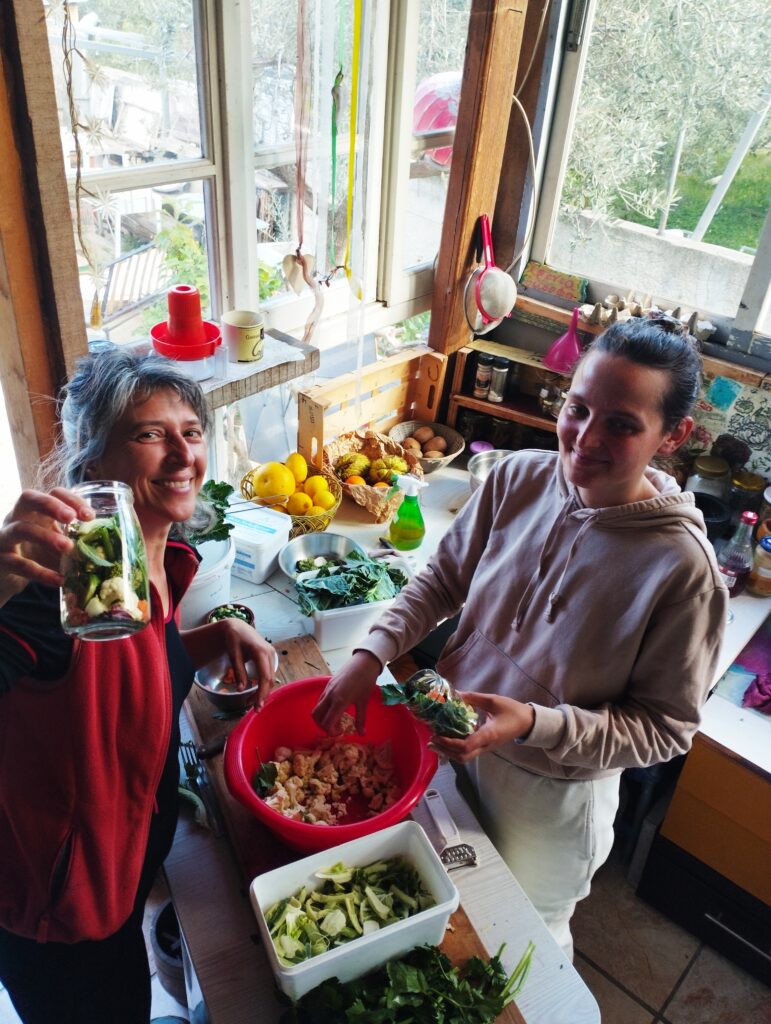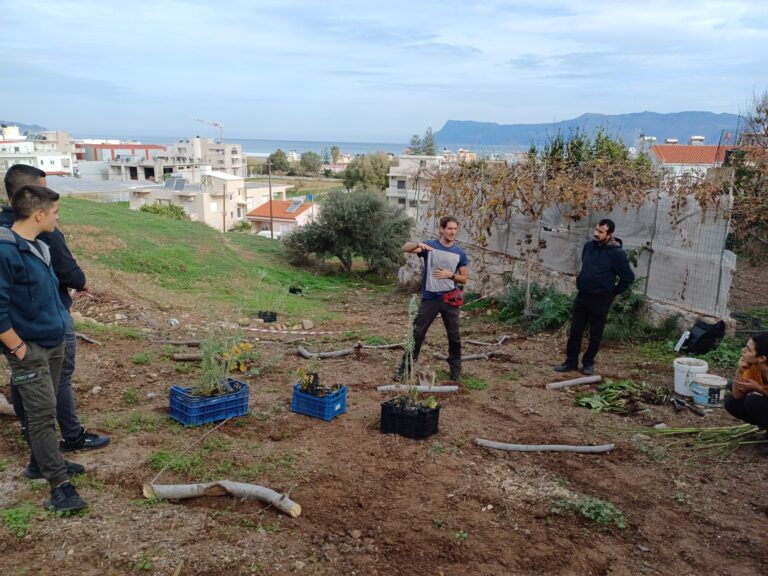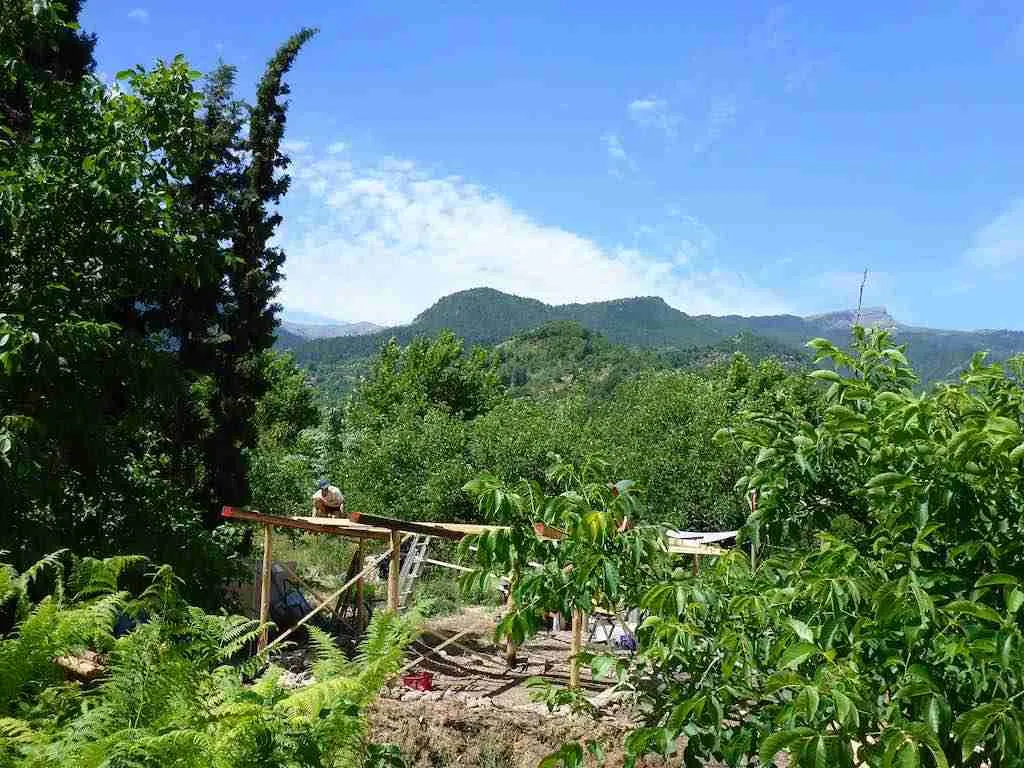Evolving Cycles NGO
Collaborative communities of abundance, where ecology meets economy
About us
Serving ecologically conscious ventures and a culture that evolves in harmony with nature.
Evolving Cycles is a Civil Non-Profit Company (NGO) which was founded in 2018 and operates in the field of education, culture and ecology. The organisation is a network through which synergies are built between projects, joint projects are created and implemented, new projects are supported in their first steps and an alternative paradigm of business and interpersonal relationships between partners is established in Greece.
The company actively organises events, formal and non-formal training, implements European and national programs, provides consultancy and design services, promotes youth work, volunteering and giving back to the community and supports local projects that serve as examples of Ecotopias, spaces where the NGO’s values are practised.

Values
We have chosen our internal structure to be based on 3 pillars
Permaculture
We are guided by the ethical values of permaculture in our work (earth care, people care, fair share of resources)
Dynamic Governance
Relationships are dynamic, that’s why the principles of dynamic governance (eg. sociocracy) guide us: Efficiency, Consensus, Empiricism, Continuous Improvement, Equity, Transparency, Accountability
Compassionate Communication
Our intention is to apply the principles of Non-Violent Communication (Speaking from the I, Personal Responsibility for my Emotions, Observations – Needs – Feelings – Requests)
Member projects
The member projects of Evolving Cycles, or Ecotopias, are ecocultural educational participatory projects with a focus on working with the land. They are designed with permaculture principles, that’s why they aim to create regenerative ecosystems, collective food self-sufficiency and energy systems as they care for the land, care for people and share their resources equitably.
They host cultural and artistic events with ecological content, conduct educational programs and act as community role models, designing community experiences that embrace the local community.

Calme Garden
Attica

Kompostopia
Peloponnese
Community Lab
Chania, Crete
Liveloula
Seliana, Peloponnese




